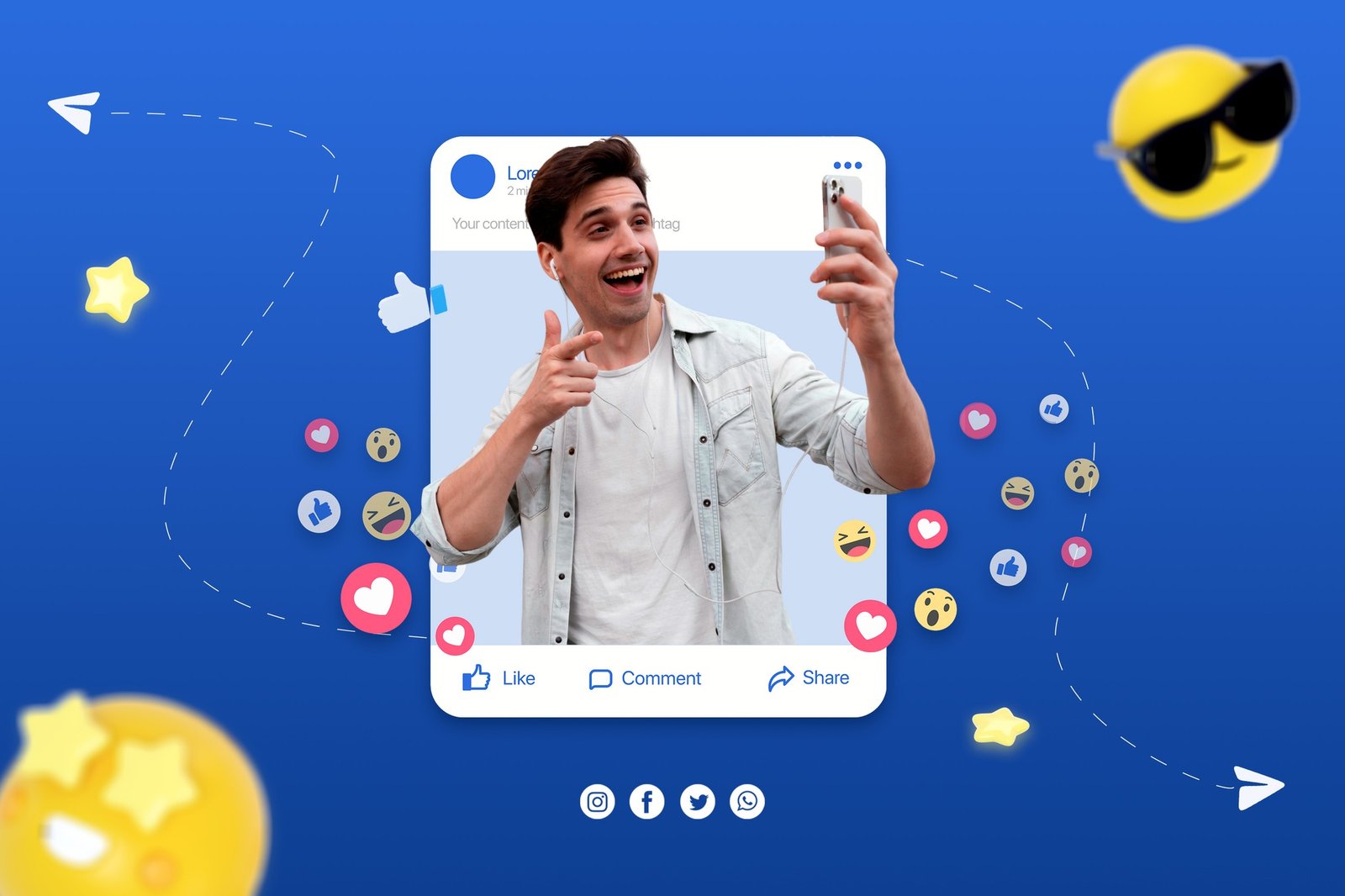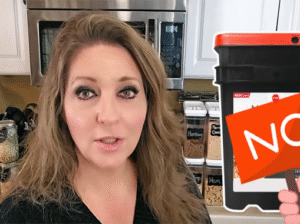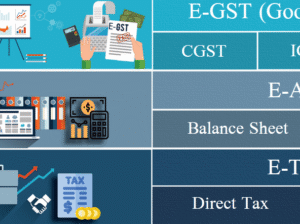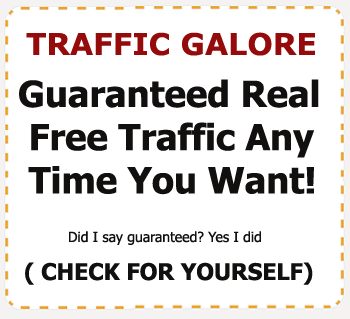Facebook Ads: 5 Strategies For High-quality Traffic At Minimal Costs
In the fast-paced world of digital advertising, Facebook’s traffic goal has changed over time. Ad arbitrage on Facebook is no longer possible due to the changing marketplace. This article discusses Facebook visitor Ads and offers new cheap ways to get high-quality visitors.
Understanding Facebook Traffic Ads:
Facebook Traffic Ads, built on the flexible “traffic” goal, send people to websites, mobile apps, or Messenger chats in the dynamic world of digital advertising. Understanding these advertisements is crucial for marketers seeking cost-efficient and successful campaigns as the advertising environment advances.
Facebook’s ad goals include interaction, app installations, video views, lead generation, and “traffic.” This section examines the traffic objective’s distinct uses in various campaign settings. When used correctly, the traffic aims to boost top-of-funnel awareness and affiliate revenue.
Understanding the cost-effectiveness of Facebook traffic ads is vital as digital advertising prices change. Based on Facebook Ad benchmark research, this section highlights the ignored technique of targeting engaged users rather than rapid converts.
Why Facebook Traffic Ads Are Cost-effective:
Due to complex advertising dynamics, Facebook Traffic Ads are cost-effective. Traditional benchmarks concentrate on conversions, which raises ad costs as marketers chase quick buyers. Traffic advertisements are cheaper since they target customers who are more likely to engage than convert quickly.
The main idea is that many people prefer clicking links and browsing material rather than buying. Advertisers ignore this more extensive pool of prospective viewers, which may save money. These users have less competition. Therefore, advertising can reach them cheaply.
Facebook wants to deliver relevant adverts to as many people as possible to improve user experience. Constantly hammering fast-converting customers may hurt user experience and hurt advertisers and Facebook. Thus, targeting engaged users becomes appealing and cost-effective.
The Role Of Positive Engagement In Cost Reduction:
Positive involvement helps Facebook Traffic Ads save costs and improve results. Writing content that gets likes and shares isn’t only for social media validation; it’s a strategy to lower ad expenses and boost exposure.
Likes and shares tell the Facebook algorithm the ad is good. This positive feedback loop has two benefits. First, shares lower the cost per landing page view, expanding ad reach without raising prices. Likes indicate confidence, telling Facebook to promote the ad.
Quality material is judged by whether a discriminating audience, like a Reddit moderator, would value it. This examination guarantees that the material is not clickbait but is valuable and engaging to the viewer.
Strategies For Nudging Engagement:
To encourage people to connect and share information, Facebook Traffic Ads engagement strategies are deliberate. Beyond content development, these strategic moves target favorable user behaviors.
1. Compelling Copywriting:
Effective ad copywriting is essential. Advertisers may encourage content consumption and sharing by adopting the target audience’s language. The key is to balance information and curiosity to get people to go on.
2. Tailoring To Target Audiences:
Understanding target audiences’ subtleties is crucial. Advertisers may customize information by targeting demographics, interests, and behaviors. Personalization increases the probability of consumers interacting with the knowledge and suggesting it to a friend.
3. Leveraging Personality Traits And Hobbies:
Personalizing ads using interests or personality attributes provides a personal touch. An introvert-targeted ad might highlight their preferred content. This method attracts the target audience and encourages users to share material with like-minded others.
4. Encouraging User Stories:
Encourage users to contribute content-related tales to boost engagement. This method builds community and encourages others to share their experiences via comments, testimonials, or user-generated material.
5. Creating Shareable Assets:
Planning material for sharing is proactive. This requires an attractive design, a clear message, and a shareable call to action. Users are more inclined to share material they enjoy and can easily share.
Nudging engagement involves knowing user interaction psychology. Advertisers may encourage positive interaction and content sharing by using compelling writing, targeting targeted audiences, leveraging personality attributes, promoting user stories, and developing shareable assets.
Creating Content With Mass Appeal:
Content with broad appeal is essential for Facebook Traffic Ads’ success. This strategy realizes that a larger audience engaged by universally relevant content may lower ad expenditures and boost exposure.
1. Optimizing For Positive Engagement:
Content with widespread appeal relies on positive involvement. Advertisers may boost likes and shares by creating content for a large audience. Positive involvement lowers cost per click and increases organic reach.
2. Diversity In Audience Sizes:
Creating widespread appeal requires testing and tweaking material for wider audiences. Larger audiences contain more people with different tastes. Diversity boosts positive interaction and guarantees the ad reaches consumers with varied interests and habits.
3. Minimal Audience Size Thresholds:
Minimal audience size requirements are crucial for cost-effective advertising. Setting the minimum audience size at 1% lookalike, which covers over 2 million individuals, assures cost-effective ad reach. This technique optimizes expenses using audience size.
4. Balancing Reach And Effectiveness:
Achieving widespread appeal requires balancing content effectiveness with audience size. Create globally attractive material without compromising the message or effect. This offers cost-effective reach without sacrificing ad quality.
5. Testing And Iterating:
A mass appeal requires constant content testing. Advertisers should experiment to find the most effective mix of images, messages, and calls to action. Content is updated depending on performance indicators to stay current and entertaining.
Optimizing for positive interaction, embracing audience diversity, defining basic audience size requirements, balancing reach and effectiveness, and testing and iterating are all part of creating mass-appeal content. This strategy helps Facebook Traffic Ads reach a broad audience, improving cost-effectiveness and campaign success.
Testing Different Campaign Objectives:
Through deliberate testing, Facebook Traffic Ads gives businesses a toolbox to maximize their advertising goals. While “traffic” is a frequent starting point, broadening marketing goals may maximize ad campaign effect and provide insights.
Traffic optimization for landing page views is frequently the priority. This section suggests marketers examine advertising objectives specific to their needs. Campaign goals, including engagement, conversions, app installations, video views, and lead generation, allow targeting varied user behaviors.
A direct-to-consumer company may start with a fascinating blog post and test time on the page, vertical scroll rate, and interaction. Advertisers may adjust their strategy depending on campaign results and user feedback by targeting various user interaction factors.
This testing method helps reach varied user groups and grow the audience. Diversifying campaign goals helps marketers get more users and learn their interests and habits, improving Facebook Traffic Ads. Strategic testing is the key to finding the best advertising goals.







